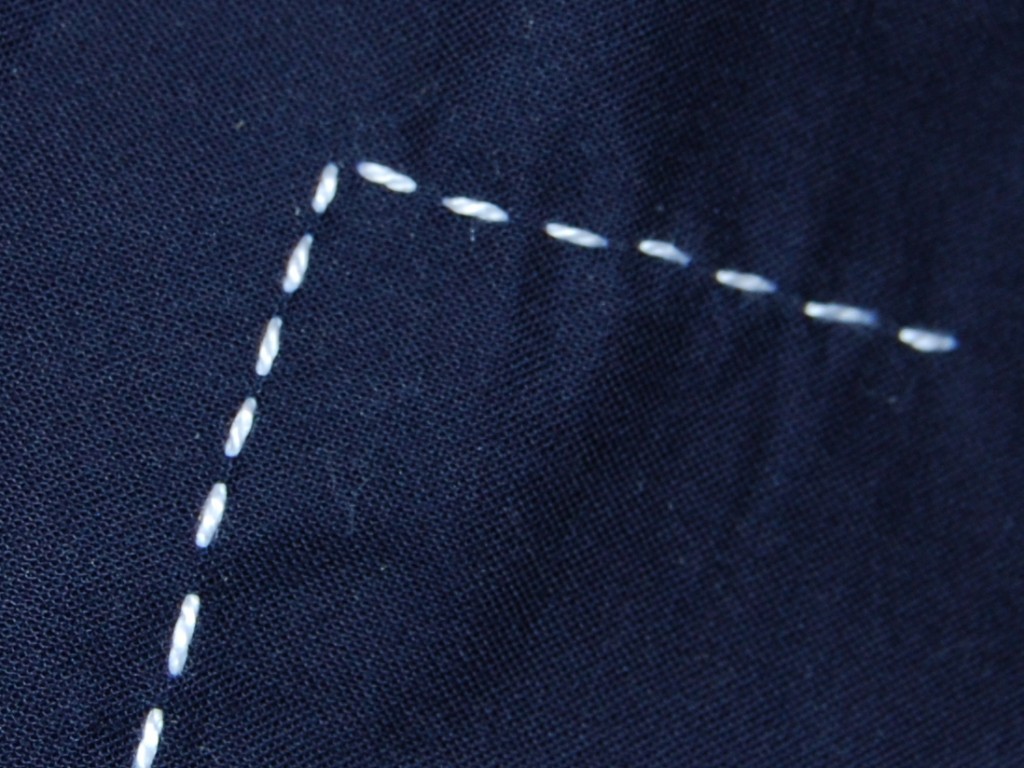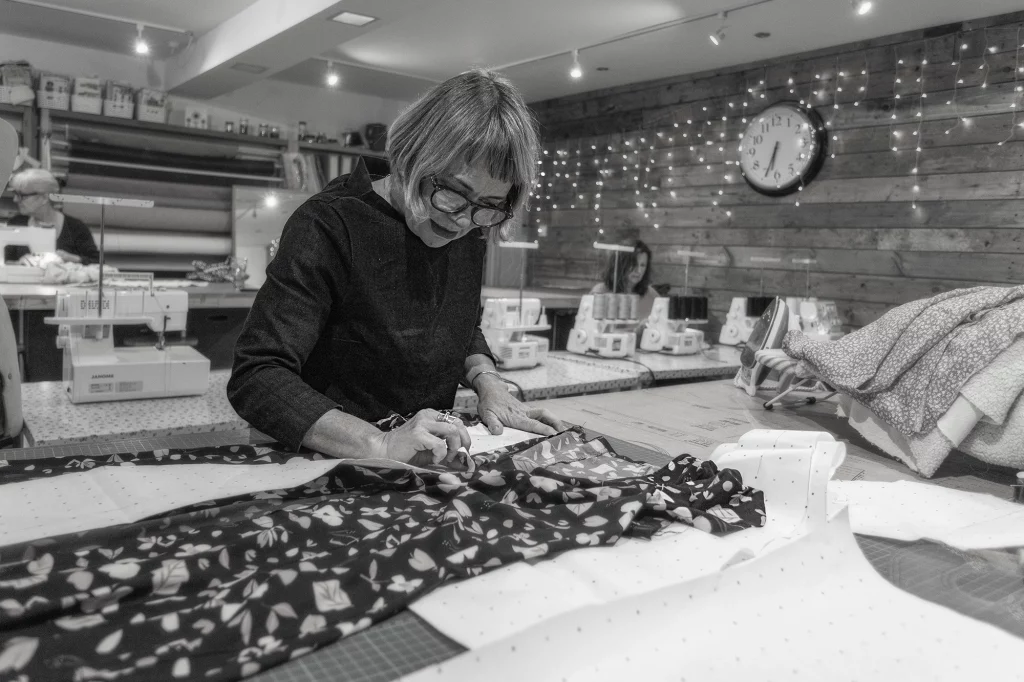1. The Running Stitch
The running stitch is one of the simplest and most versatile stitches, often the first stitch beginners learn. It’s a basic hand stitch that involves passing the needle and thread in and out of the fabric at even intervals, creating a dashed-line effect. This stitch is perfect for quickly sewing two pieces of fabric together for temporary seams or basting.

Introduction to Stich Types
Stitching is a fundamental part of sewing and garment construction, playing a key role in both functionality and aesthetics. Whether you’re working on a large project or creating intricate hand-sewn details, understanding various stitching techniques is essential for producing high-quality results. Each type of stitch serves a unique purpose, from securing seams to creating decorative embellishments. In this article, we will explore 10 common types of stitches, providing insights on when and how to use each one.
1. The Running Stitch
The running stitch is one of the simplest and most versatile stitches, often the first stitch beginners learn. It’s a basic hand stitch that involves passing the needle and thread in and out of the fabric at even intervals, creating a dashed-line effect. This stitch is perfect for quickly sewing two pieces of fabric together for temporary seams or basting.
In addition to its practical applications, the running stitch can also be used for decorative purposes, especially in embroidery. It’s frequently employed to create outlines or patterns in fabric art. While easy to execute, mastering even, consistent spacing can significantly improve the quality of this stitch.
2. The Basting Stitch
The basting stitch is another essential stitch often used to temporarily hold fabric pieces in place before permanent stitching. It’s a longer version of the running stitch and is not meant to be permanent; the goal is to secure pieces temporarily while adjustments are made or until machine stitching can be applied.
Because the stitches are longer and more easily removed, the basting stitch is commonly used in garment construction for fitting and adjustments. It’s ideal for marking seam lines or placement points, making it indispensable for tailoring projects or when working with delicate fabrics that require precision before committing to a permanent seam.
3. The Cross Stitch (Catch Stitch)
The cross stitch, also known as the catch stitch, is a decorative and functional stitch that is often used in embroidery but can also serve practical purposes in hemming. It forms a series of “X” shapes across the fabric and is typically worked from left to right. The catch stitch is particularly effective for creating a secure hem or for attaching linings because it allows for flexibility and prevents fabric from unraveling.
In embroidery, the cross stitch is popular for creating patterns and designs, adding a rustic or traditional feel to projects. It’s a versatile stitch that, depending on the thread and fabric used, can either blend in seamlessly or stand out as a decorative detail.
4. The Backstitch
The backstitch is one of the strongest hand stitches and is used when a secure, durable seam is needed. Unlike the running stitch, where the needle moves forward continuously, the backstitch involves the needle going backward into the last stitch before moving forward again. This overlapping pattern creates a continuous, solid line of stitching that holds fabric layers firmly together.
The backstitch is often used for seams that need to withstand pressure, such as in clothing construction or repairs. It’s also useful for attaching zippers, securing pockets, and areas that experience frequent wear and tear. Its durability and neat finish make it a go-to stitch for a variety of hand-sewing tasks.
5. The Slip Stitch
The slip stitch is primarily used for hemming and sewing closed seams where you don’t want the stitching to be visible. It’s a hand stitch that involves catching just a few threads of the fabric, making it almost invisible from the outside. This stitch is perfect for sewing linings, hems, and turning garments inside out for finishing touches.
The slip stitch requires precision and patience, but the clean, professional finish it offers is worth the effort. It is ideal for creating hems on delicate fabrics or for use in situations where visible stitching would detract from the overall appearance of the garment.
6. The Blanket Stitch (Buttonhole Stitch)
The blanket stitch, also referred to as the buttonhole stitch, is a decorative stitch often used to finish the edges of fabric or create buttonholes. It consists of a series of looped stitches that create a raised edge, making it ideal for both functional and aesthetic purposes.
This stitch is commonly used in blanket making (hence the name), but it can also be found in various other sewing and embroidery projects. It’s particularly useful for finishing fabric edges that are prone to fraying. When working on buttonholes, the blanket stitch reinforces the fabric, preventing it from unraveling, which is especially important in areas of high stress on a garment.
7. The Standard Forward/Backward Stitch
The forward/backward stitch is a basic machine stitch that provides a straight, secure seam. This stitch is created by moving the fabric forward and backward under the needle, locking the stitches in place to prevent unraveling. It’s the standard stitch used in most sewing projects and can be employed on a wide range of fabrics.
The forward/backward stitch is highly versatile, used for everything from sewing seams to attaching zippers and finishing edges. It’s also commonly used for securing the beginning and end of a stitch line, ensuring that the thread does not come undone.
8. The Zigzag Stitch
The zigzag stitch is a machine stitch known for its flexibility and stretch. Unlike the straight stitch, the needle moves from side to side, creating a zigzag pattern. This stitch is especially useful when working with stretch fabrics, as it allows the seam to stretch with the fabric without breaking.
The zigzag stitch can also be used for finishing raw edges to prevent fraying, making it a versatile choice for garment construction, particularly with knit fabrics. Additionally, it can be used for decorative purposes, adding texture and design to your projects.
9. The Overlock Stitch
The overlock stitch, commonly referred to as a serger stitch, is a specialized stitch that sews over the edge of one or two pieces of fabric to finish the edge and prevent fraying. This stitch is most often done with a serger machine, which trims the fabric as it sews, creating a clean and professional finish.
The overlock stitch is frequently used in the construction of garments, especially on seams that experience a lot of movement, such as in stretch fabrics or knitwear. It’s also great for hemming and giving your sewing projects a polished, factory-finished look.
10. The French Knot Stitch
While not typically used for constructing seams, the French knot stitch is a popular decorative stitch in embroidery. This stitch involves wrapping the thread around the needle and pulling it through the fabric to create small, raised knots. It’s often used to add texture and detail to embroidery projects, creating a tactile and visually interesting effect.
The French knot stitch is versatile and can be used in a variety of designs, from floral patterns to abstract textures. It adds dimension and intricacy to any embroidery work, making it a favorite among crafters looking to enhance the visual appeal of their creations.
Conclusion
Mastering these ten types of stitches can greatly expand your sewing and embroidery skills, whether you’re working on practical garment construction or creative fabric art. Each stitch serves a unique function, from securing fabric layers to adding decorative elements. By understanding when and how to use these stitches, you can achieve both functional and beautiful results in your sewing projects.

